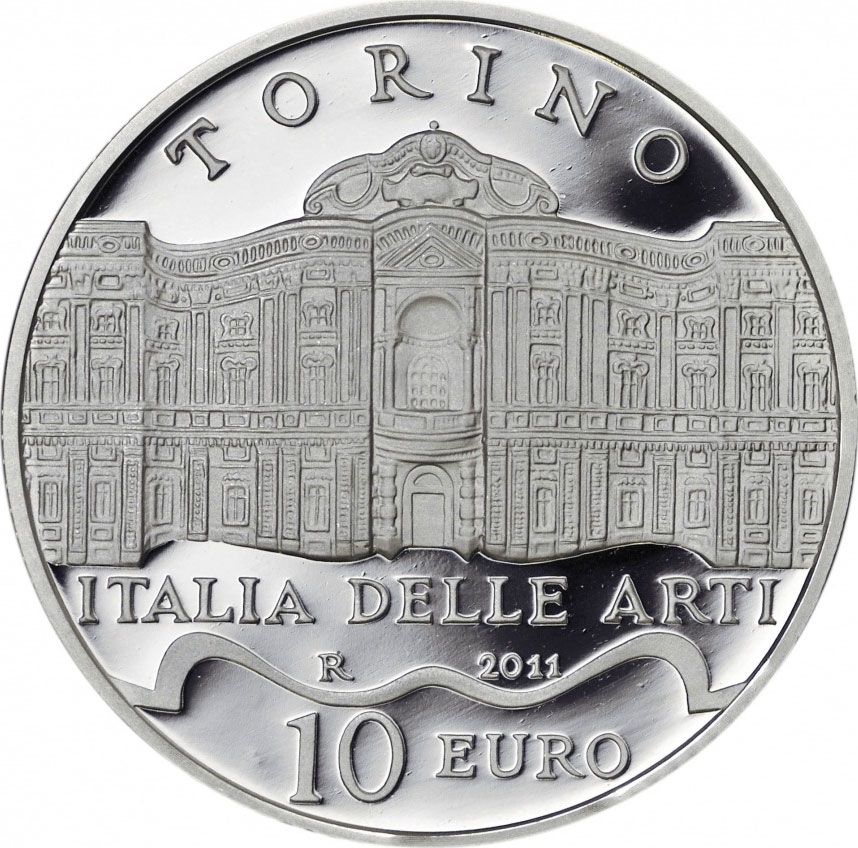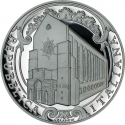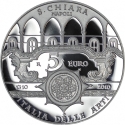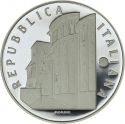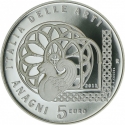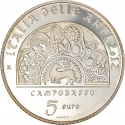You are about to finish your registration. Please check your mailbox (including spam folder). There should be a letter with a confirmation link. Check setting to make sure that your e-mail address is correct.
Send letter againDescription
Turin is a city and an important business and cultural centre in Northern Italy. The city used to be a major European political centre. From 1563, it was the capital of the Duchy of Savoy, then of the Kingdom of Sardinia ruled by the House of Savoy, and the first capital of the Kingdom of Italy from 1861 to 1865. Turin is sometimes called "the cradle of Italian liberty" for having been the political and intellectual centre of the Risorgimento as well as the birthplace of notable individuals who contributed to it, such as Cavour.
Turin is well known for its Baroque, Rococo, Neo-classical, and Art Nouveau architecture. Many of Turin's public squares, castles, gardens and elegant palazzi, such as the Palazzo Madama, were built between the 16th and 18th centuries. A part of the historical center of Turin was inscribed in the World Heritage List under the name Residences of the Royal House of Savoy. In addition, the city is home to museums such as the Museo Egizio and the Mole Antonelliana, the city's architectonical symbol, which in turn hosts the Museo Nazionale del Cinema.
Artist: Luciana De Simoni
Obverse

|
Depicts the Mole Antonelliana. In the background, in a big circle, a bottom-up perspective view of the dome of the Holy Shroud on the left half and of the dome of Saint Lawrence Church on the right. Name of the author below the Mole. REPUBBLICA ITALIANA |
|---|---|
Reverse

|
Depicts the Palazzo Carignano, a symbol of the Piedmontese baroque; at the bottom “Italy of Arts”, the mintmark "R" and the issue year; below, the coin's value. TORINO |
| Edge |

